Camper van conversions are a great way to enjoy the freedom of the open road while having all the comforts of home. But take it from my experience, creating a truly liveable and comfortable space requires meticulous planning and execution, especially when it comes to the electrical system. This comprehensive one page guide that I have put together will delve into the fundamentals of camper van electrics, empowering you to navigate the complexities and maximise the electrical capabilities of your mobile home. It draws on my 30 years of experience converting vans into mobile homes.
12V System Basics: The Heart of Power
Alternator and Isolator: Keeping the Power Flowing
Deep-Cycle Leisure Batteries: The Powerhouse
Solar Power: Harnessing Free Energy
Earthing & Isolation: Safety First
Control Panel and Fuses: Managing the Electrical Flow
240V Mains Connection: Introducing Shore Power
Integrated 240v
12V System Basics: The Heart of Power
Most camper vans rely on a 12V electrical system, similar to that of a car. Unlike a car though this system runs on deep-cycle leisure batteries, which store energy to power various appliances and accessories. The 12V system is primarily used for lighting, USB outlets, fans, and other low-power devices.
The very basic start is to connect this new ‘van’ leisure battery to the ‘cab’ starter battery by the use of a DC to DC charger.
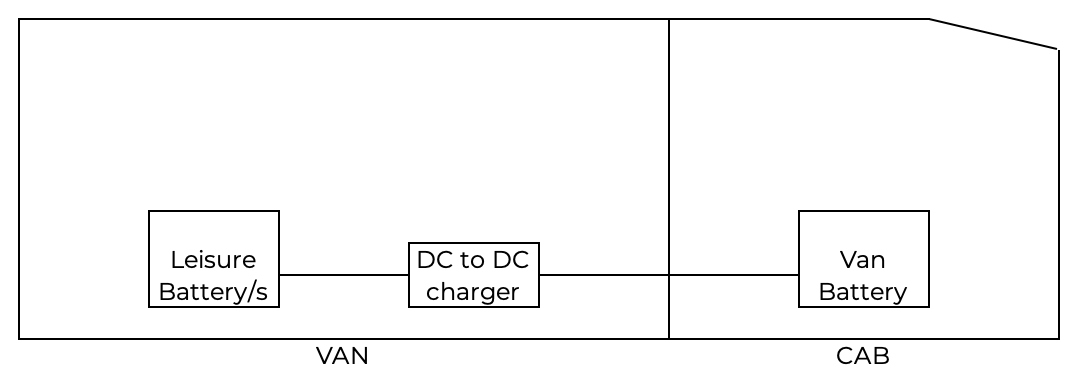
Alternator and Isolator: Keeping the Power Flowing
The vehicle’s alternator is responsible for charging the cab battery, AND the van leisure batteries while driving. To prevent the van’s electrical system from being overloaded, an isolator is installed to disconnect the leisure batteries from the vehicle’s electrical system when the van is not running. This prevents the starter battery from being drained by the vehicle’s accessories. The most common type of isolator charger is a DC to DC charger.
Top tip: I wouldn’t scrimp here. There’s no real upgrade path and thankfully it’s not an expensive bit of kit so just jump in. Victron is the one I’d go for (here).
Deep-Cycle Leisure Batteries: The Powerhouse
Leisure batteries are specifically designed to withstand repeated discharge and charge cycles, making them ideal for camper van applications. They are available in various sizes and capacities and types, typically measured in amp-hours (Ah). The size of the battery bank depends on the number of appliances you plan to run and the duration of your camping trips. Cost & weight may be deciding factors but don’t forget that it’s fairly easy to upgrade this element of the system so you can start cheap if you need to.
Top Tip: start with a cheap or even used battery. While you build you will cane it through testing, so I’d start cheap with a view to upgrade by ensuring other components can handle a better and/or bigger battery bank.
Recommended leisure batteries: Basic (Alpha Batteries 110 Ah leisure battery); better (Ecoworthy 100Ah LiPo battery); best (Roamer 100Ah LiPo battery).
Solar Power: Harnessing Free Energy
Part of the spirit of freedom of a campervan is being able to survive without being connected to the grid so as well as the DC to DC alternator charging option you will also need to be able to charge your leisure batteries when not driving around. Solar is the go-to solution (although wind power is also a potential additional option here) and can easily be added to a roof rack or by being properly screwed down to a van roof. With it you will need cables, a gland where it comes through the van roof and something called an MPPT charger which moderates the power coming down to your batteries and keeps them in optimal condition based on what is available. The size of this MPPT will depend on not only your solr panels capacity but also the size of your battery bank so be sure and read up on this.

Top tips: If you’re able to get to Bimble Solar (or any other trade provider) buy a damaged panel (here’s a link to their clearance section). These are often only cosmetic damages to the frame, and as the panel is unlikely to be seen you can grab a great bargain.
To size your MPPT controller it should be rated for between 10 to 20% of the full battery bank capacity in amp-hours. Dividing the power in watts by the voltage will give you the exact current in amps. So a 170w panel in a 12v system would mean 14amps is the sizing parameter for your MPPT charge controller (i.e. this lovely blue and inexpensive Victron bit of kit)
Earthing & Isolation: Safety First
As your leisure batteries are disconnected when the alternator is not running you’ll need to earth the new circuit that you have created in the back there. Finding a suitable spot to drill a new earth point (or to use an existing bolt if it’s possible to do so) is key, but make sure that you are down to bare metal and use a solution that won’t work loose (particularly if it is to be concealed behind the rest of your construction). You will also need to isolate your systems so connecting breakers for your main connections is critical. Using one before the batteries from each of your power sources is the way to look at this.
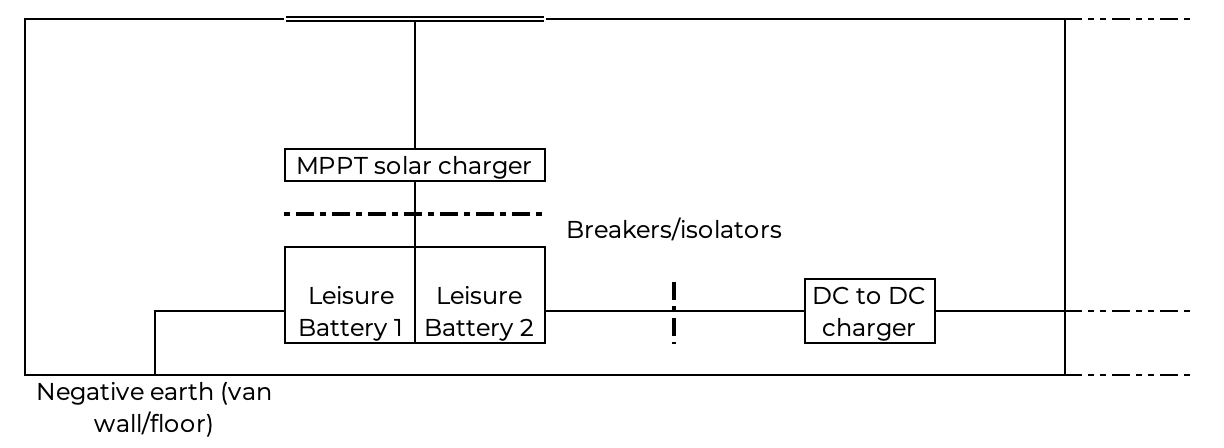
Top tip: A lot of people suggest that the square trip fused breakers are worth avoiding but if you go for a brand like Bluesea you’ll be safe.
Control Panel and Fuses: Managing the Electrical Flow
A control panel serves as the central hub for managing the 12v power distribution within the camper van. It can provide a convenient location to monitor the battery voltage and control the power to various circuits. Fuses act as essential safety devices, protecting the electrical system from overloads that could damage wires or appliances. The size and rating of fuses are determined by the current draw of the connected devices.

240V Mains Connection: Introducing Shore Power
While the 12V system powers essential appliances, larger devices like air conditioners or induction cooktops may require a higher power source. To accommodate these appliances, a 240V mains connection can be introduced into the camper van’s electrical system. This connection allows you to plug into shore power at campsites, charge laptops and other electrical devices quickly and easily, and utilise portable generators (god forbid) to supply the higher voltage required by other appliances. the system pictured below introduces 240v in isolation of the rest of the system.
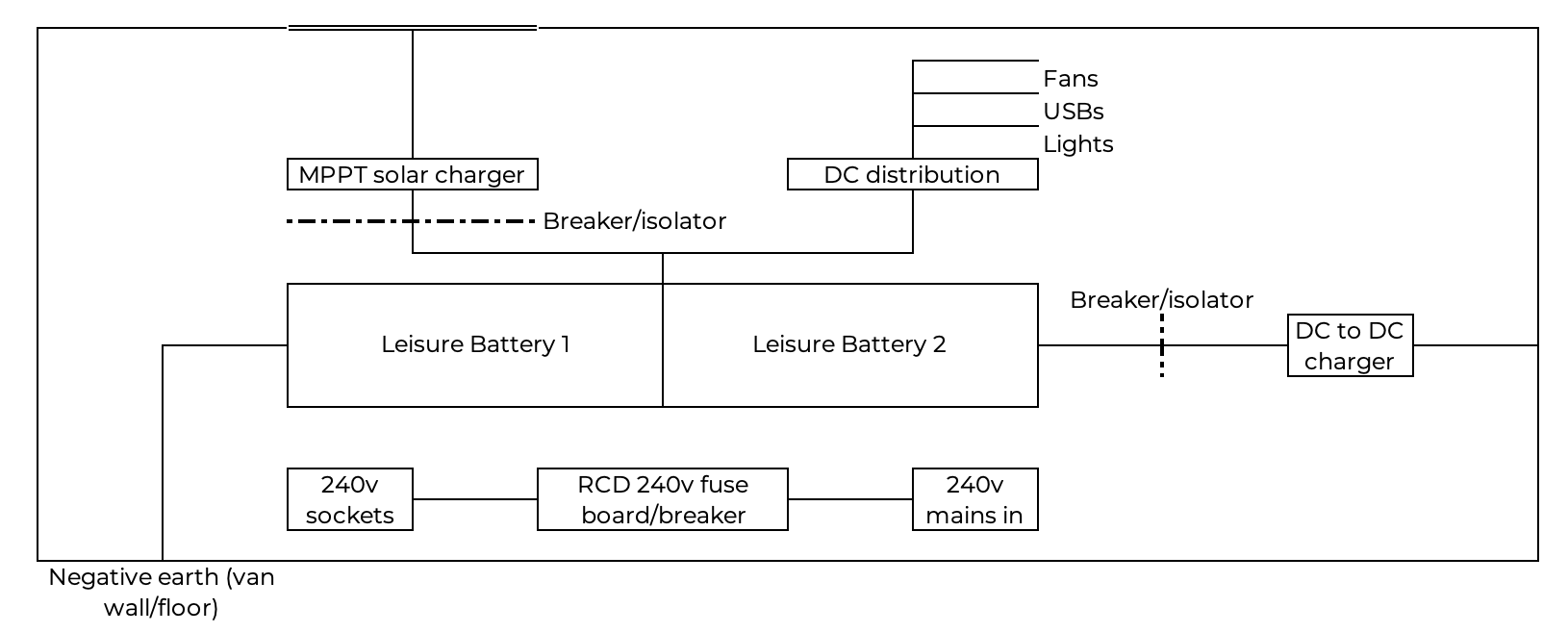
Integrating 240v
The most modern systems introduce a charger/inverter unit which handles all of the 240v requirements in the camper van. This connects to the incoming 240v one way and out to the mains sockets on the interior the other way. A combined charger/inverter means that 240v will be sent to the mains sockets whether you are connected to shore power or not. This is done by the means of an inverter. Be careful not to deplete your leisure batteries too quickly via this method.

Choosing the Right Electrical Components: Ensuring Safety and Efficiency
The selection of electrical components plays a pivotal role in ensuring the safety and functionality of your camper van’s electrical system. Here are key considerations:
- Wire Gauge: The wire gauge determines the current carrying capacity, ensuring it can safely handle the power demands of connected devices. The correct wire gauge prevents overheating and potential fire hazards.
- Fuses and Breakers: Properly sized fuses or breakers protect the wires and components from overloads. These safety devices should be clearly labeled and rated according to the current draw of each circuit.
- Voltage Regulator: A voltage regulator ensures a stable voltage supply to the leisure batteries, preventing damage and maximising their lifespan.
- Lighting: Choose LED lights for their energy efficiency, longevity, and minimal heat generation, reducing the strain on the electrical system.
Installation and Safety: Prioritising Safe Practices
Electrical work in camper vans should always be handled by a qualified professional or experienced DIYer to ensure proper installation and safety. Here are guidelines to minimise electrical hazards:
- Route wires carefully: Avoid routing wires through areas with high heat or potential impact, such as exhaust pipes or moving parts. Secure wires with clips or ducting to prevent damage.
- Secure connections: Ensure all electrical connections are tight and free of damage or corrosion. Use crimp connectors or solder for reliable connections.
- Label circuits: Clearly label all circuits with corresponding fuses and breakers to avoid confusion during troubleshooting or maintenance.
- Regularly inspect: Inspect the electrical system regularly for any signs of damage, wear, or loose connections. Promptly address any issues to prevent potential hazards.
Eventually you’ll be able to draw up schematics like the below, and then build removable electrics boards like this:
 |  |
Conclusion: Transforming Your Camper Van into a Powerhouse
Camper van electrics may seem daunting at first, but with proper planning, component selection, and safe installation practices, you can create a functional and reliable electrical system for your mobile home.
Looking for something a little more advanced?
Then, when you get a bit more proficient you can do things like build your whole electric system on an external board to then be taken in and mounted in the van with just the battery feed in and the external accessories feeds out to connect. I did this in Walt as you can see in this video…
Want more on electrics?
– Sizing Your Campervan’s Battery Capacity and Solar Array
– A Guide to Electrical Cable Sizing






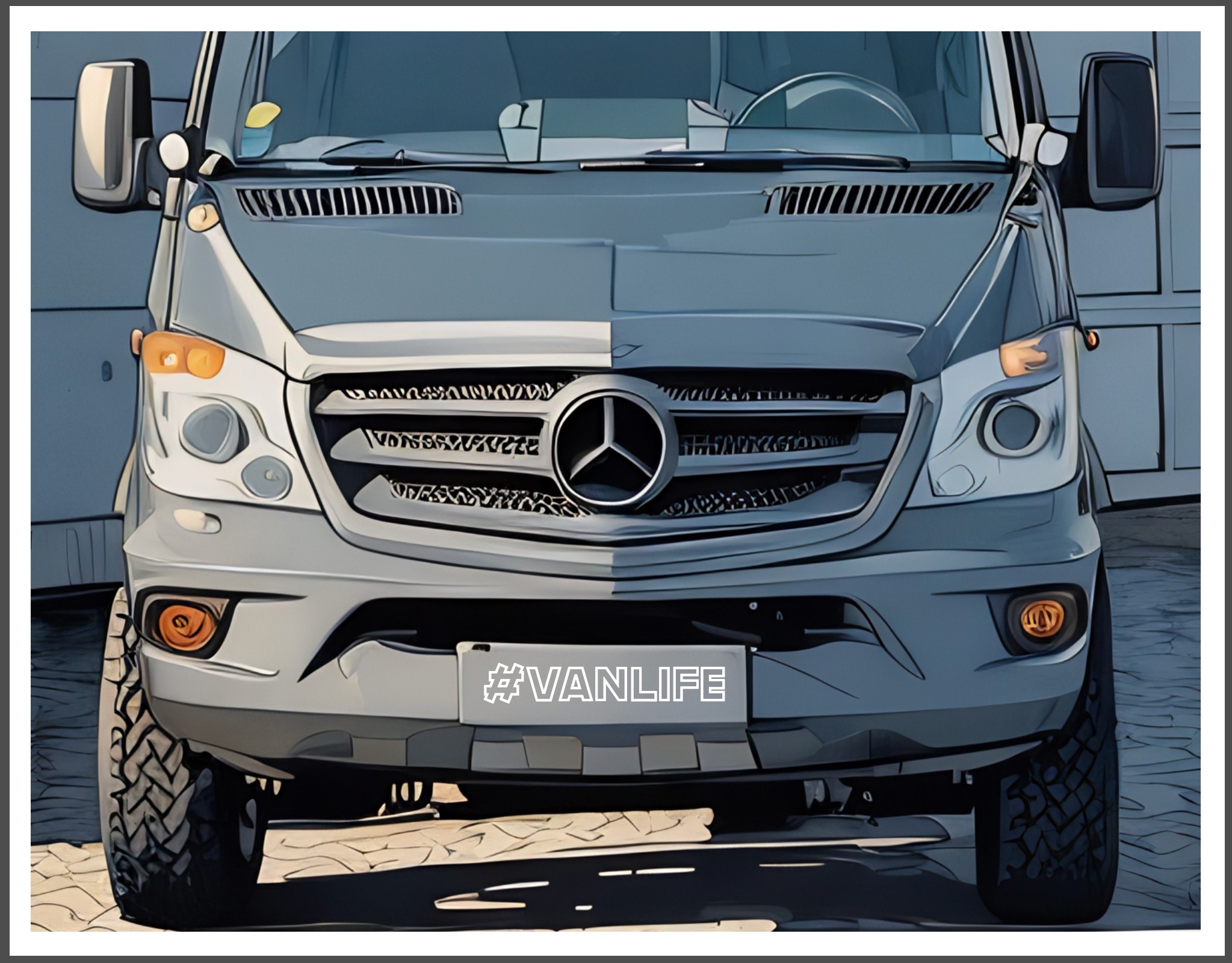

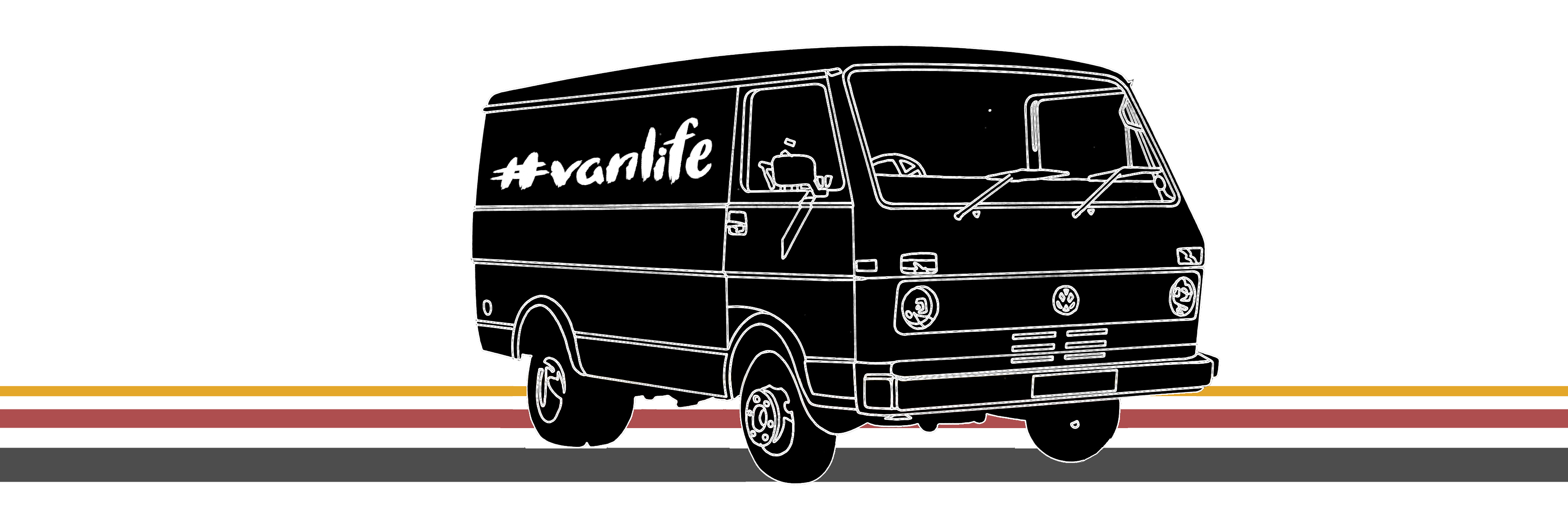



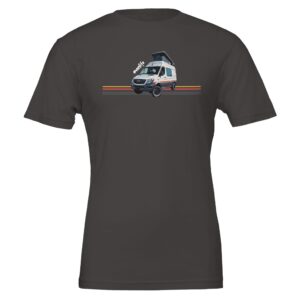



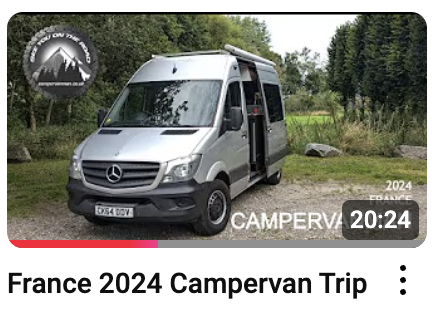
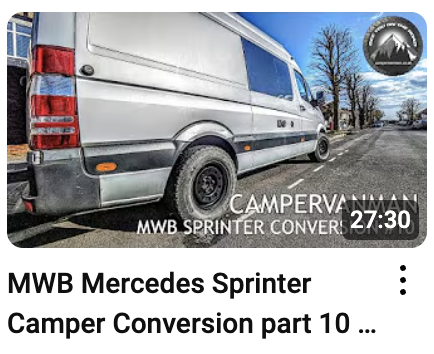
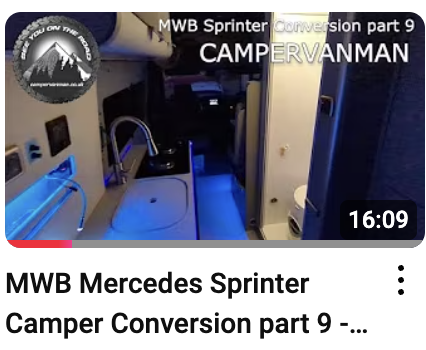

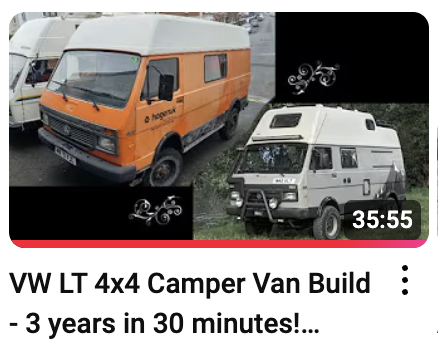
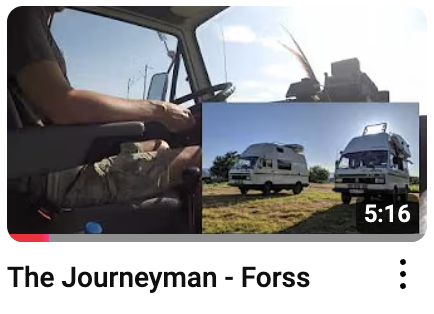


Recent Comments